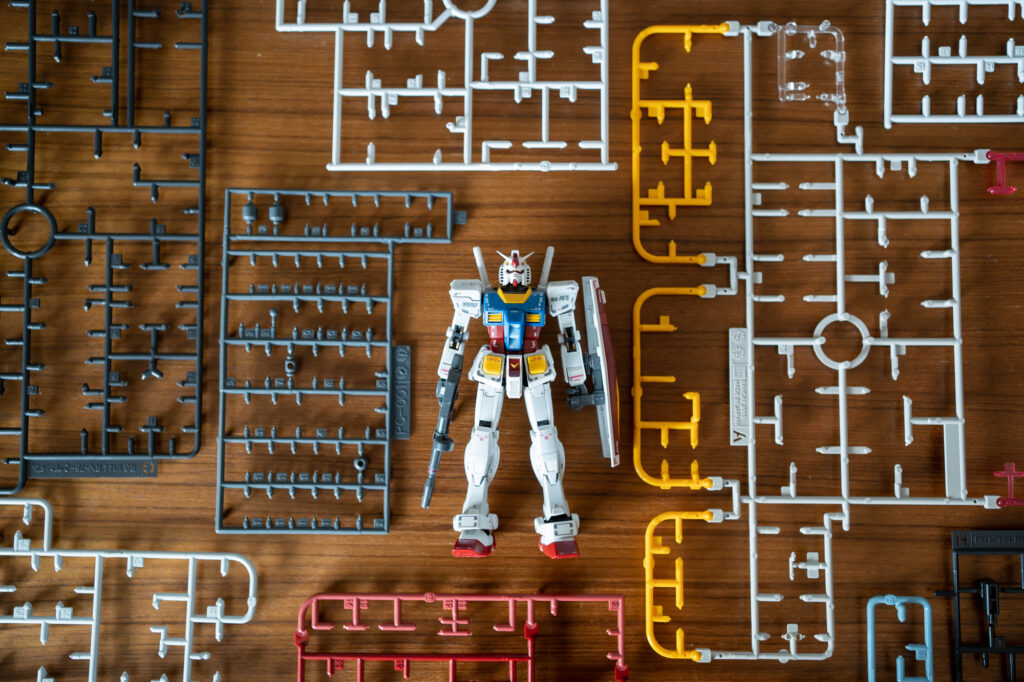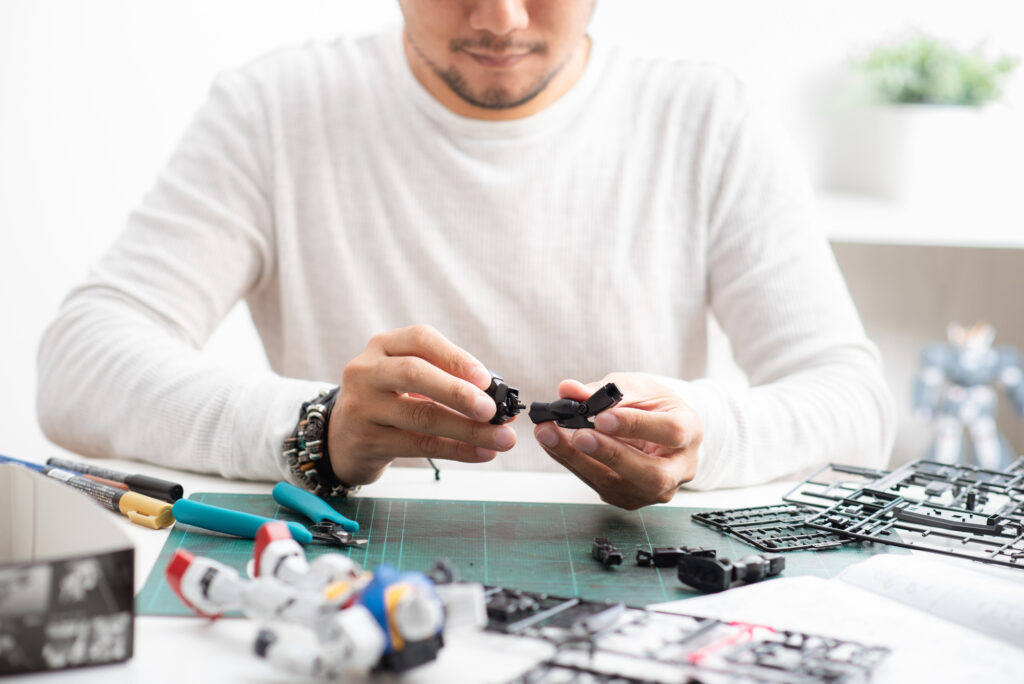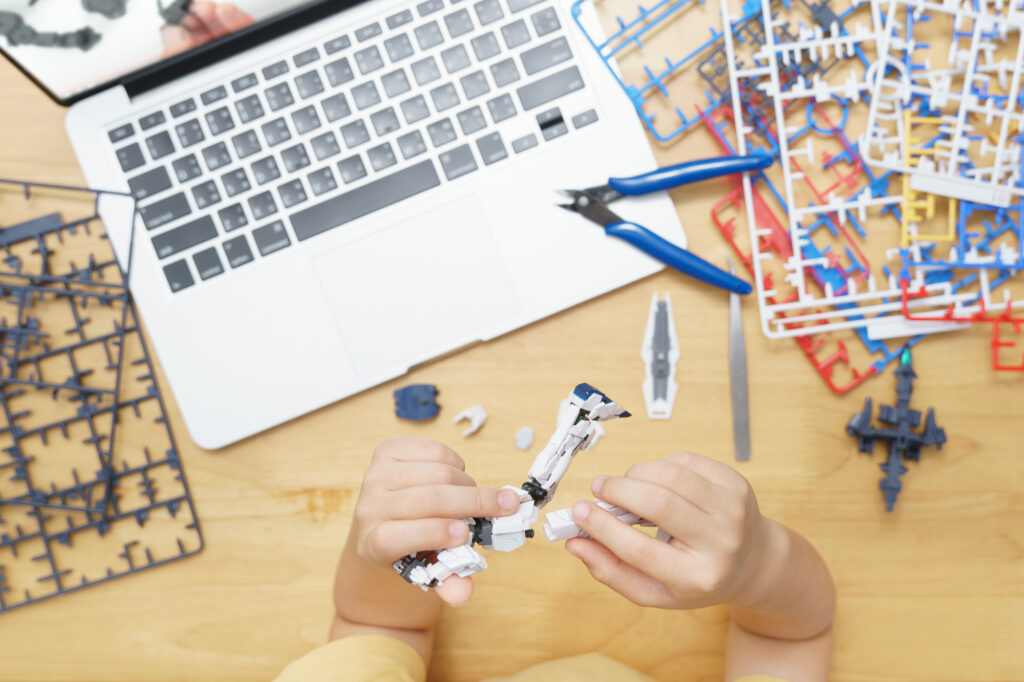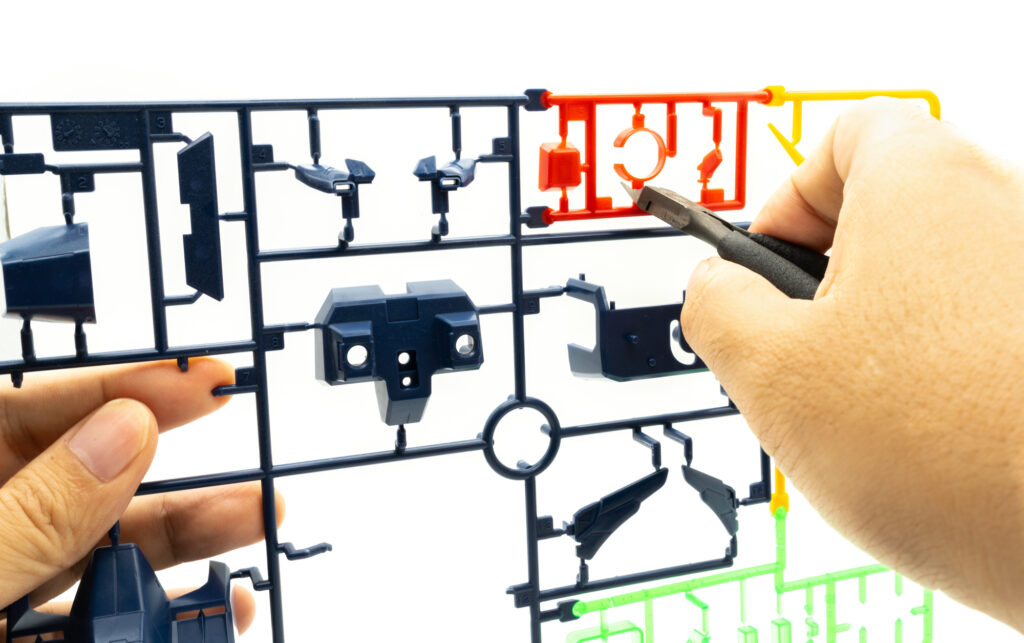A Beginner’s Guide To Gunpla Kits

People have all sorts of interests that set everyone apart from one another while bringing those with similar preferences closer than ever. While some enjoy real-life personalities, others might prefer fiction more. After all, many creators have produced works of art that came straight from anyone’s dreams and imaginations.
Those interested in sci-fi, complete with futuristic technology, would adore Gundam. With massive robots and their intricate designs, many have made it a hobby to build them using model kits. And it doesn’t hurt that it has rich world-building from manga and anime.
Despite how many decades have passed, its presence is still prominent today when there’s no sign of the range of Gundam models stopping production anytime soon. Thanks to the Bandai franchise, Gundam plastic models, ‘Gunplas’ for short, are surprisingly articulated and highly poseable with possible ‘transformations,’ setting a high bar for action figures.
While Gundam fans are avid enjoyers of Gunplas, those who are only in it for the articulate model-building are also welcome to try. Here are some tips to get you started:
- Choose The Right Kit
Most of the fun in building Gunplas relies on which model kit you’ve chosen. After all, no one wants to spend hours on something they don’t like in the first place. Otherwise, that would feel more like a chore than a fun time waster.
When picking a model kit, the best place to start is to go by favorites. Some Gundams might resonate with you more when plenty of awesome mecha battles showcase their features and impact in the anime and manga. Meanwhile, those unfamiliar with the franchise probably need a longer time to check their options to see which kit appeals to them design-wise.
Once you’ve chosen a kit you like, consider which grade or scale you want it to have. Because under the model kit lineups, the grading systems consist of different sizes, with 1/144 being the smallest and 1/1 the biggest. And being called the biggest is no easy feat since that scale sheds light on just how massive Gundams are in person. But given you’re only building it as a hobby or for collecting purposes, consider choosing among the following:
- Super Deformed: As the name implies, this grade often changes model sizes and scales because of its warped proportions. After all, while most Gunpla fans prefer proper proportions, others might have a soft spot for their caricature or ‘chibi’ counterparts, which greatly exaggerate the Gundam’s proportions. But despite standing at a measly three to four inches tall, Super Deformed (SD) Gunplas have extremely small components that make them challenging to assemble, especially for beginners.
- High Grade: High Grade (HG) Gunplas are the most common grade. They’re typically 1/144 scale, just as small as Super Deformed models. But instead of tiny components, HG models have manageable proportions. That way, beginners can assemble them much easier while enjoying basic accessories.
- Master Grade: Master Grade (MG) models resemble HG Gunplas since their components are just as articulate. However, instead of limiting them to the basics, MG models offer more variety since they’re more refined.
With more accessories and better details, some beginners might find it more satisfying to assemble and put on display. Moreover, they’re at a 1/100 scale standing seven to nine inches tall.
- Perfect Grade: For beginners who aren’t afraid to go all in, the Perfect Grade (PG) Gunplas would fit them perfectly. Because aside from standing almost a foot tall, they’re the most intricate Gundams since they feature excellent mechanisms that make them seem like actual robots.
With different grades available, everyone can choose which model kit suits their preferences more. After all, assembling them is what makes Gunplas fun to collect.
- Prepare Your Workspace
Regardless of which grade you choose, Gunpla kits include various components in different sizes. With so many parts to work with, it’s almost impossible to complete when working in a cluttered area. Because aside from how stressful it is, you’ll likely lose your parts when cleaning up.
Before laying out all your parts, clear your desk to avoid accidentally throwing them away during assembly. Prepare a cutting mat to avoid damaging your desk or table’s surface. Once you’ve prepared your work area, organize and separate your kit into categories. Fortunately, all the parts are on runners for easier management.
- Gather Tools
Now you have a workspace cleared out, gather everything you need to assemble your Gunpla. Because even though it seems like an intricate puzzle, polishing the parts would make the process go much more smoothly. Since you’re a beginner, all you need are the essentials. And you can’t complete a Gundam without a pair of side cutters, hobby knives, and tweezers.
- Follow Instruction
Despite keeping track of so many parts, following instructions is part of what makes Gunpla model assembling so relaxing. After preparing your workspace and tools, you can begin the assembly process. Sticking to the instructions will help you complete your Gundam smoothly.
Takeaway

People take on all kinds of hobbies to relax. After all, running themselves ragged will only push them to burn out quickly. But assembling a Gundam is an excellent way to keep your hands busy. Although it might seem overwhelming on the surface, once you find the right model kit and follow the instructions, what used to look like random parts eventually transforms into a full-fledged robot.
 Epic Heroes Entertainment Movies Toys TV Video Games News Art Pop culture news goodness
Epic Heroes Entertainment Movies Toys TV Video Games News Art Pop culture news goodness






